A linear slide, also known as a linear guide, is a mechanism that allows for smooth, precise, and controlled linear movement in machinery and automation systems. These devices are widely used in various applications requiring accurate linear motion, such as in CNC machines, automation systems, robotics, and manufacturing equipment.
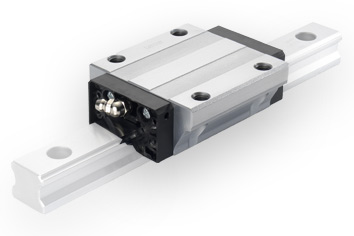

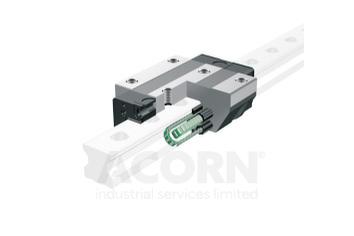
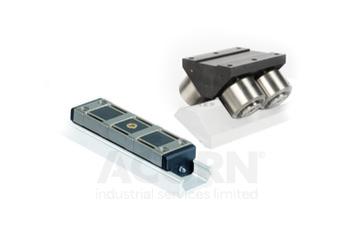
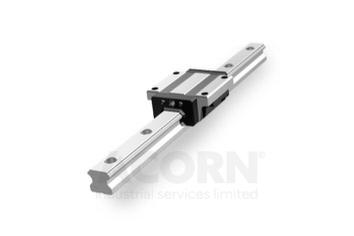
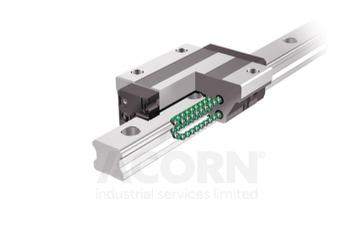
A linear slide is a mechanism designed to achieve smooth, accurate, and controlled linear motion for various applications. The moving component, many times called a carriage or slider, travels along a fixed path in a straight line.
Linear slides are essential components of many industrial and automation systems that require accurate positioning and movement with low friction. They have a robust construction and high load-carrying capacity—making them ideal for use in environments where precision and reliability are paramount.
Linear slides work on the basis of linear motion, whereby components move in a straight line along a set path. Some of the key constituents include:
Guide Rails: Those are fixed tracks along which the slider travels. They provide stability and guide motion.
Carriage/Slider: It's the part moving along the guide rails, usually equipped with a ball bearing or roller to produce low friction.
Bearing System: This reduces friction and provides smooth and accurate motion. Some of the common styles include recirculating ball bearings and roller bearings.
Drive Mechanism: Powered systems can employ motors, screws, or belts to provide the force necessary to move the slider.
It is the combination of these components that allows for very accurate and highly repeatable linear motion, which makes the linear slides very useful in CNC machines, robotic systems, and automation applications.
Linear slides are used in a wide range of applications across various industries due to their precision, reliability, and ease of integration. Some common applications include:
CNC Machining: The linearity of the slides offers precise and repeatable movement for cutting, milling, and drilling.
Robotics: Extends accurate positioning and smooth motion for robotic arms and automated systems.
Medical Devices: Applied in equipment such as surgical robots and imaging systems for precise movement.
Manufacturing: This helps in the movement of components in assembly lines, packaging machines, and material handling systems.
Laboratory Equipment: Applied in automated testing and measurement systems where precision is paramount.
Linear slides are so versatile and can be refitted for use according to the requirements of a particular application; thus, the component has become very valuable in the industrial and technological modern environments.
It is very important to choose the correct linear slide for your application. The following are some of the prominent factors that have to be considered while choosing the linear slide:
Load carrying capability: Find out the maximum load that the slide will support ascribing both static and dynamic forces.
Precision and Accuracy: Enquire about the level of precision required for your application, concerning factors such as repeatability and positional accuracy.
Environmental Conditions: Consider operating environment, temperature, humidity, and exposure to contaminants.
Speed and Acceleration: Consider at what levels of speed and acceleration a slide should be able to work without any issues for the application in consideration.
Maintenance and Durability: The slide to be selected should need minimum maintenance even in the roughest industrial environments and last long.
Size and Space Constraints: The slide must fit into the available space and dimensional requirements of the application.
Assessing these factors rightly, you can choose a linear side that serves your particular needs, thereby ensuring dependable and efficient operation in your specific applications.
At ACORN industrial services, we can offer Linear Slides to suit your automation project, as well as spare or replacement units. We are committed to providing other linear motion products to meet your industrial needs, from components through to full automated systems:
Linear actuators and automated systems


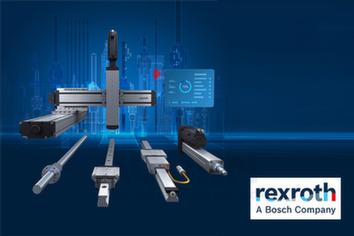
A linear slide is a device that provides smooth, linear, precise, and controlled motion to many diverse applications, including CNC machining, robotics, medical devices, manufacturing, and laboratory equipment. The slides provide very accurate positioning and movement with very minimal friction, making them very essential in high-precision and high-reliability industries.
A linear slide rule, generally known as a slide rule, is a mechanical analogue computer with its predominant usage being for multiplication and division, and also for functions like roots, logarithms, and trigonometry. It is not directly related to mechanical linear slides used in industry. In relation to industry, linear slides are components that provide controlled linear movement.
A slide bearing, also known as a plain bearing, works by allowing two surfaces to slide against each other with minimal friction. Further lubrication of the bearing surface is possible to minimise the friction. Slide bearings in linear slides make sure there is smooth motion of the moving component—the slider—along the guide rail with precision and controlled linear motion. They ensure the efficiency and durability of the linear slide system.